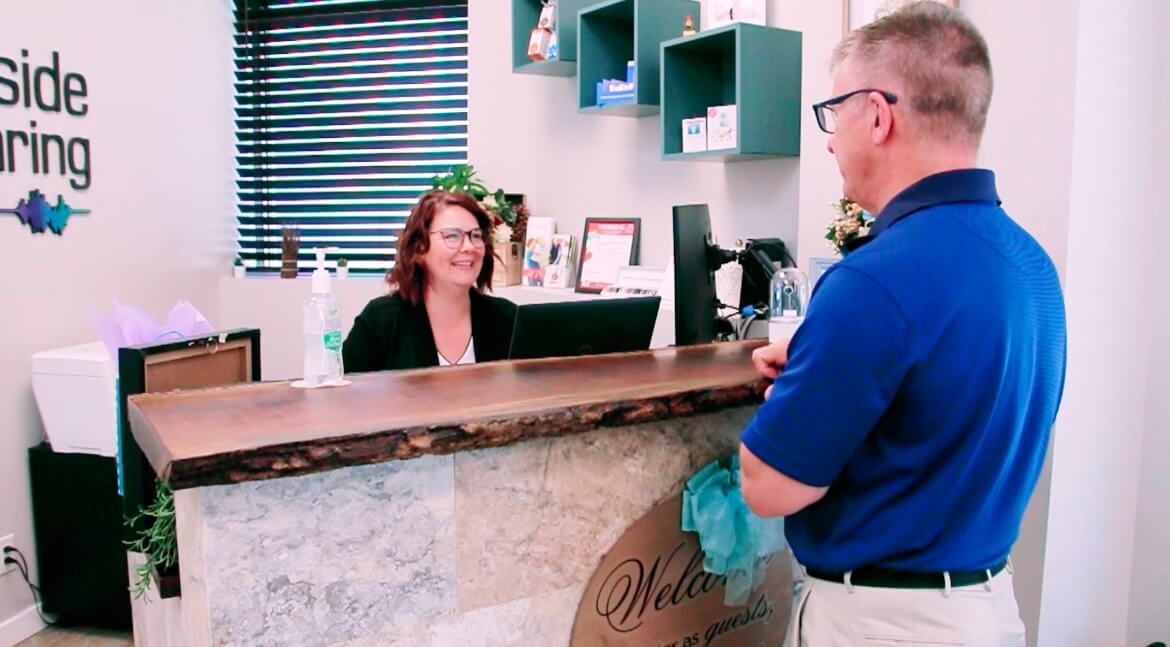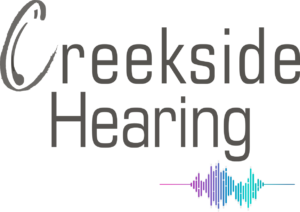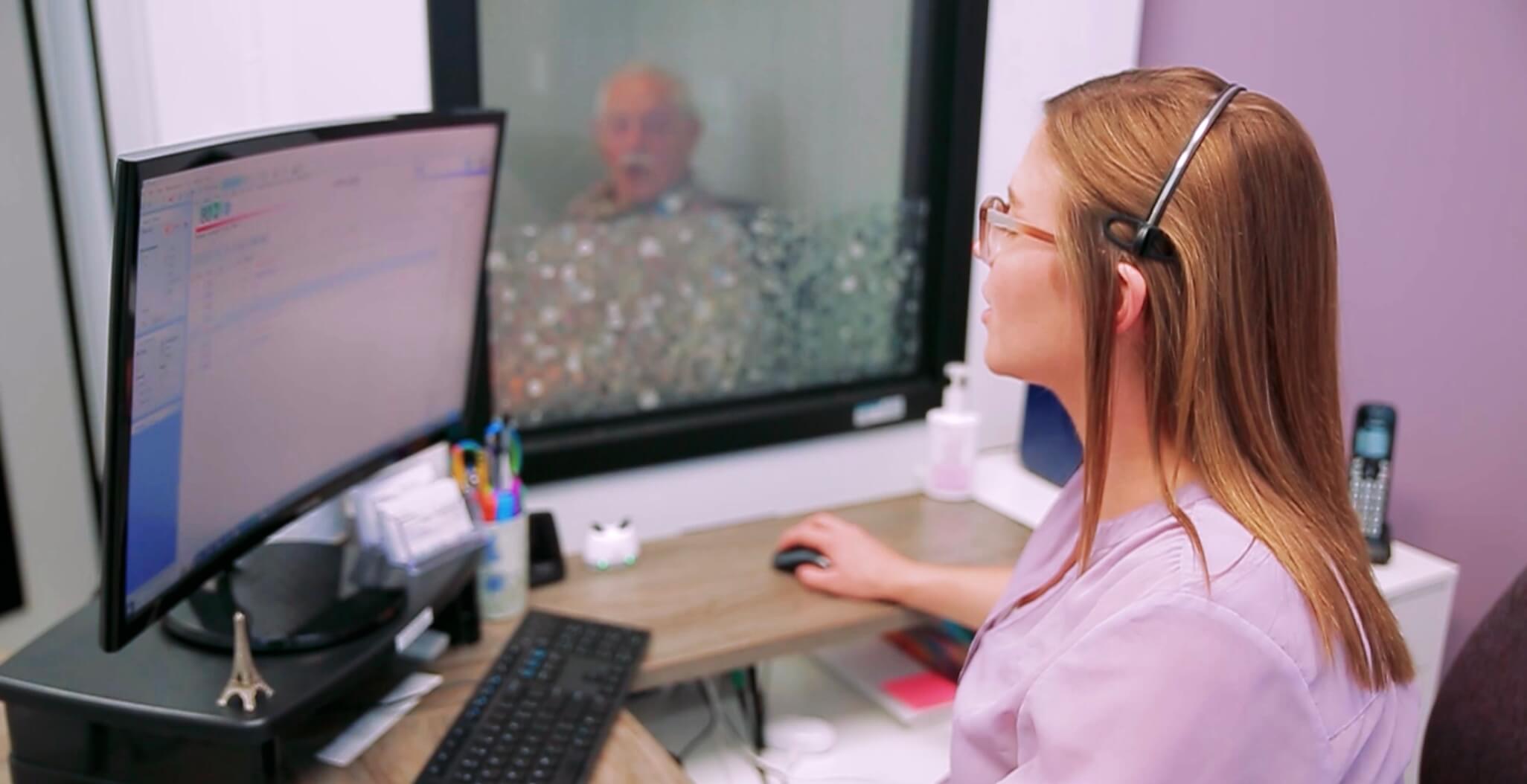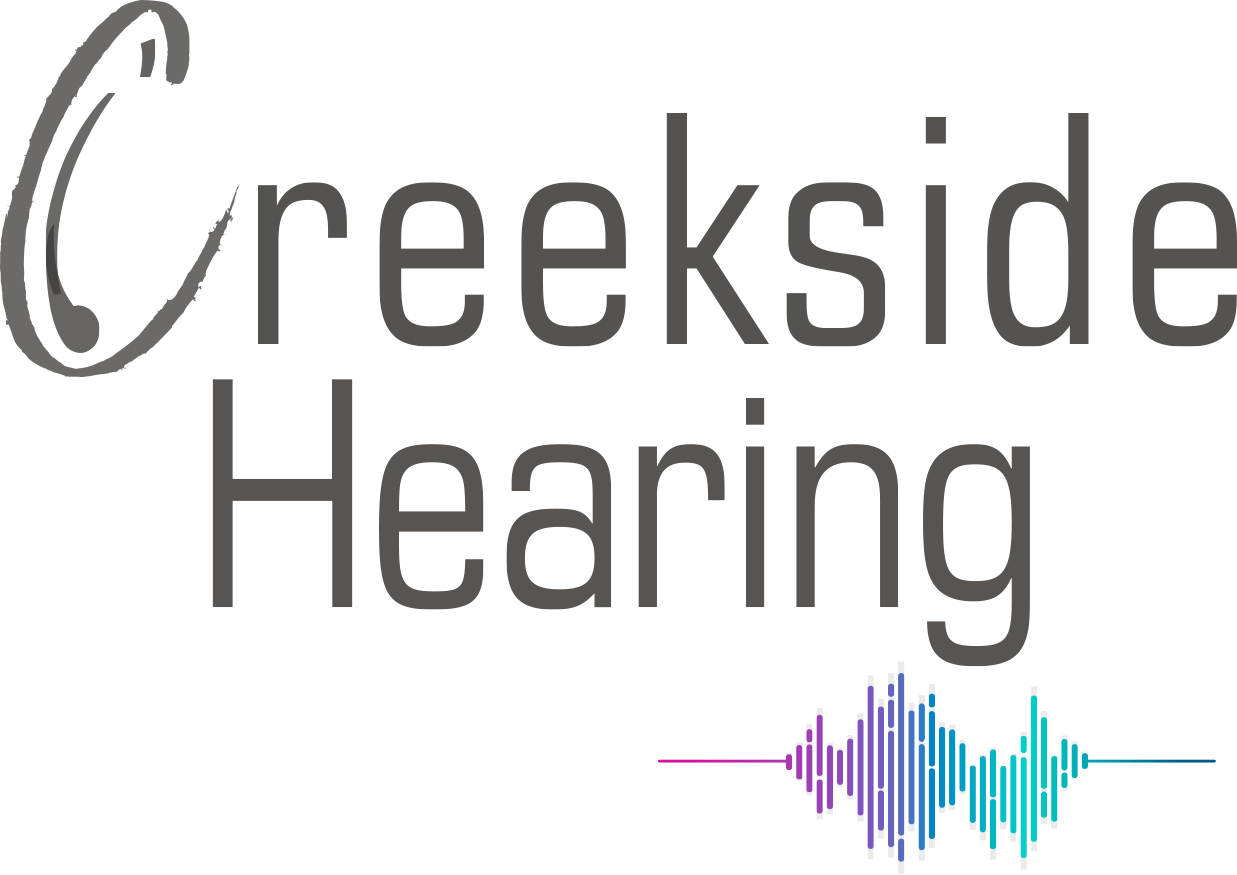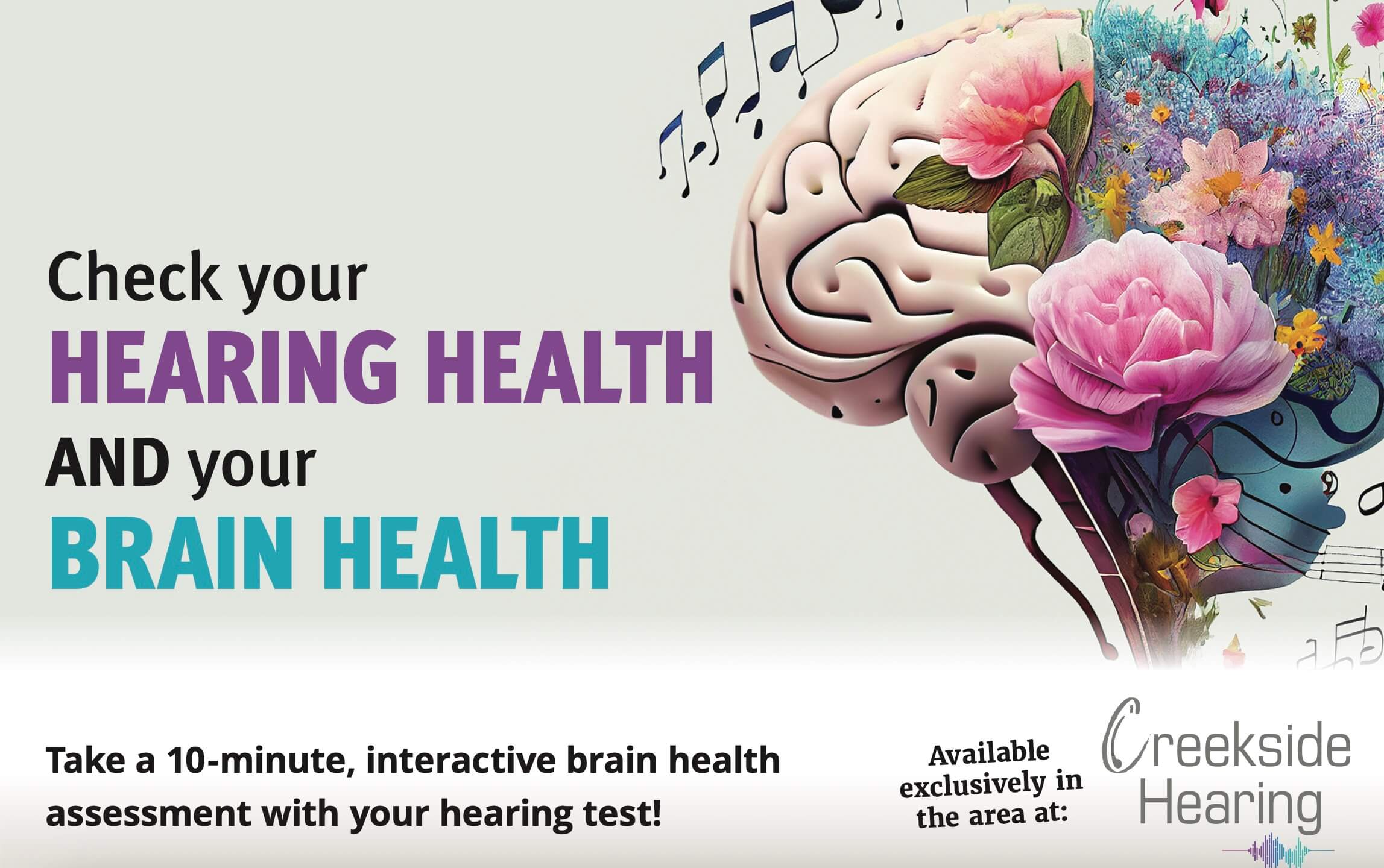
Change is a part of life, especially when it comes to healthcare. At Creekside Hearing, we are excited to introduce a highly successful treatment program designed to help those with hearing loss or tinnitus (ringing in the ears). Our goal is to offer the best care possible by exploring new ways to improve hearing and overall health. We understand that hearing loss affects not only the individual but also their loved ones. That’s why we’ve created a treatment program that addresses every patient’s unique needs. You may know someone who uses hearing aids but doesn’t always wear them. Our program is designed to help you wear your prescriptive hearing devices more often, so you can get the most out of them.
5 Neurological Consequences of Untreated Hearing Loss
Hearing loss doesn’t just affect your hearing—it can also impact your brain health. Here are five key consequences:
- Decrease in Cognitive Function When sounds aren’t fully processed, the brain struggles to understand speech. This leads to confusion and cognitive decline.
- Increased Risk of Dementia Untreated hearing loss increases the risk of dementia, as the brain has to work harder to process sound, leaving it less able to handle other tasks.
- Increased Cognitive Load When the brain works to understand unclear or missing sounds, it causes mental fatigue and stress.
- Increased Risk of Tinnitus Many people with hearing loss also have tinnitus. The good news is that prescriptive hearing devices can help reduce tinnitus in up to 90% of cases.
- Increased Risk of Falls Your hearing and balance are connected. As hearing loss worsens, balance can suffer, increasing the risk of falls. Treating hearing loss helps improve balance and reduce falls.
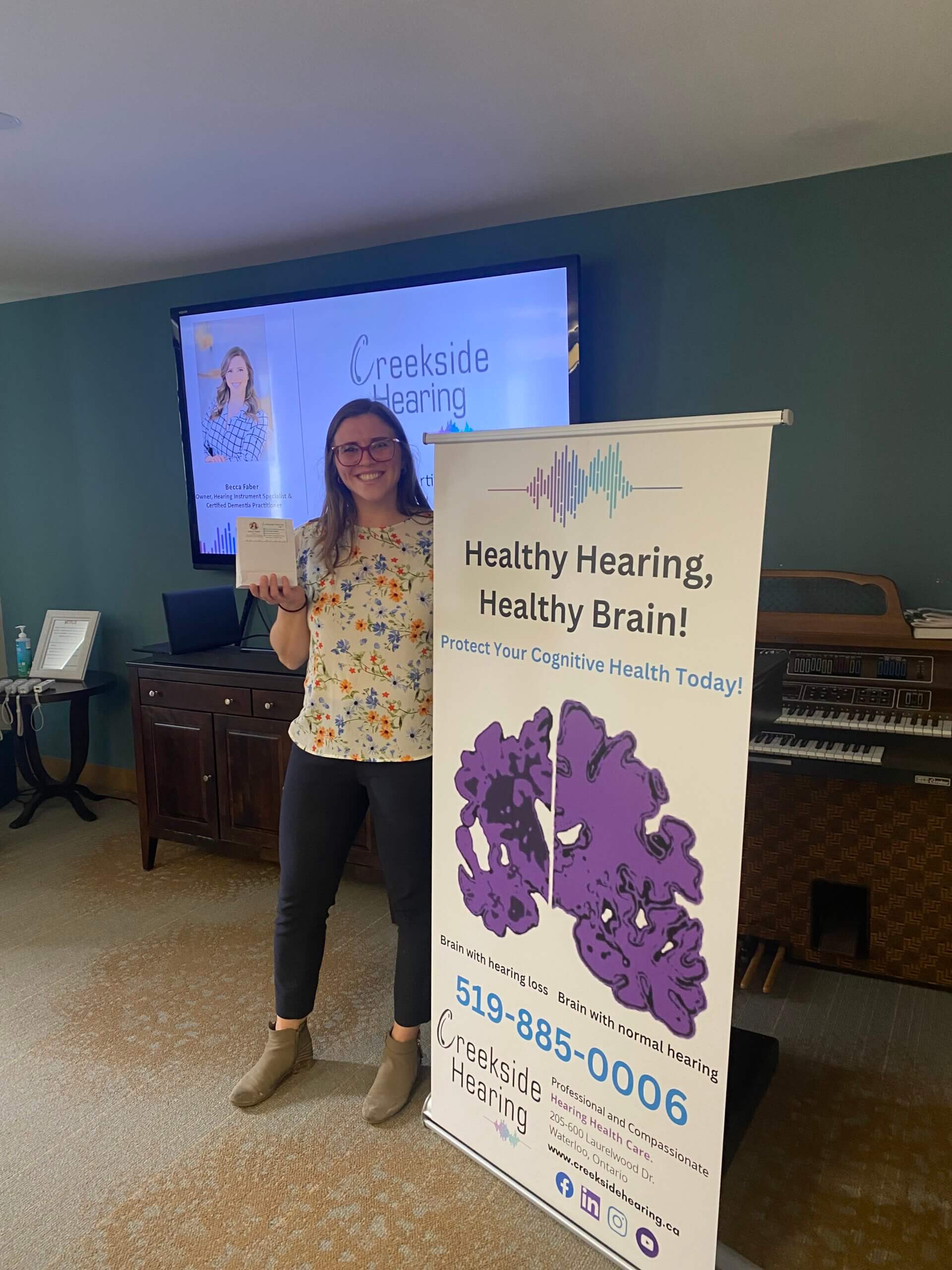
How Does the Treatment Plan Work?
Our 4-year treatment program is designed to gradually and effectively reintroduce sound to both your ears and your brain. This approach ensures that your brain doesn’t feel overwhelmed, allowing you to experience the full benefits of your prescriptive hearing devices.
The program begins with your devices set to a comfortable level, slightly lower than your full prescription. This allows you to wear them daily and gradually adjust to the sounds around you. Over the next 12 weeks, we will slowly increase the volume as your brain adapts. Think of it as physical therapy for your ears and brain!
Your role is simple: wear your hearing devices every day while you’re awake. The more you wear them, the faster you’ll adjust.
We will check in with you regularly to track your progress. These brief visits will help us fine-tune your devices and ensure everything is working well. Check-ins will occur every three months, unless more frequent visits are needed. When you receive new prescriptive hearing devices (typically after four years), we’ll restart the process to keep your treatment up to date with the latest advancements in technology and changes in your hearing needs.
5 Signs You Might Have Hearing Loss
If you notice any of these signs, it may be time to get a hearing assessment:
- Decreased clarity: You may notice that speech sounds muffled or difficult to understand, even when people are speaking clearly.
- Trouble hearing in noisy places: It becomes especially challenging to follow conversations in environments with background noise, like restaurants or crowded events.
- Tinnitus (ringing in the ears): This constant ringing or buzzing in the ears can be distracting and may worsen in quiet settings, affecting your ability to focus.
- Memory issues: Difficulty retaining information or remembering things can be linked to how your brain compensates for hearing loss, causing mental fatigue.
- Sensitivity to loud sounds: Even normal sounds can seem painfully loud or jarring, making everyday experiences uncomfortable.
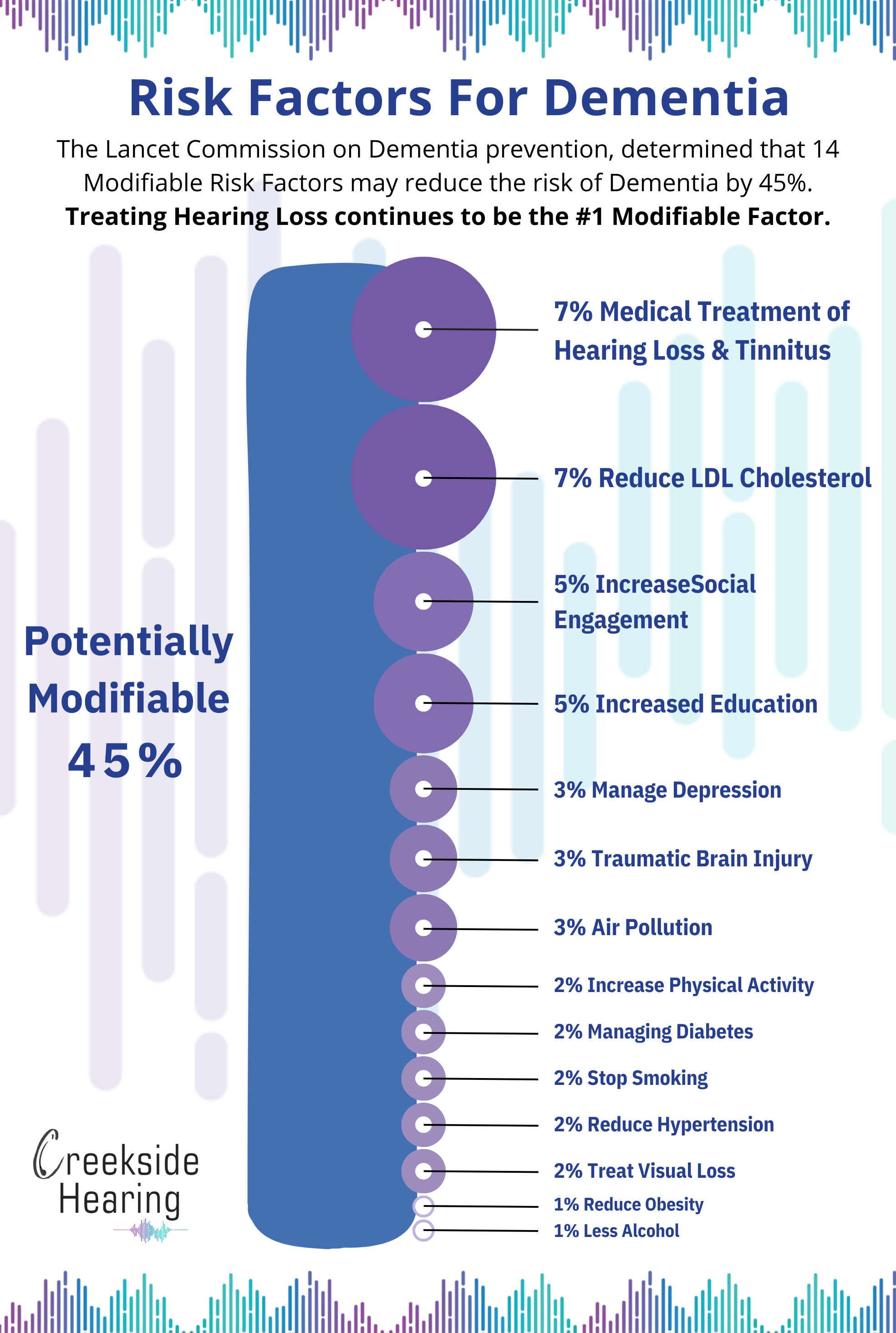
How Can You Get Started?
To start the treatment program, simply contact Creekside Hearing to schedule a hearing assessment. This is the first step toward better hearing! During your consultation, our experts will assess your hearing and tinnitus health to create a personalized treatment plan.
We are here to guide you and help you make the best decision. We’ll support you throughout your 4-year journey with regular follow-up appointments to ensure your treatment remains effective and meets your expectations.
Ready to get started? Contact us today to schedule your consultation and take the first step towards improved hearing and brain health!
